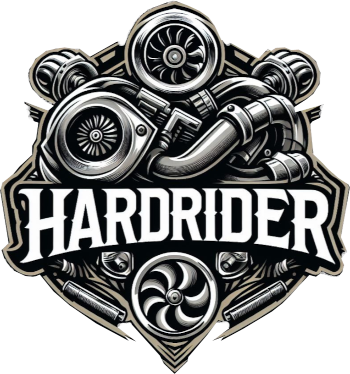
Supercharger Kits for Motorcycles
Cars, Trucks, UTV's, Snow

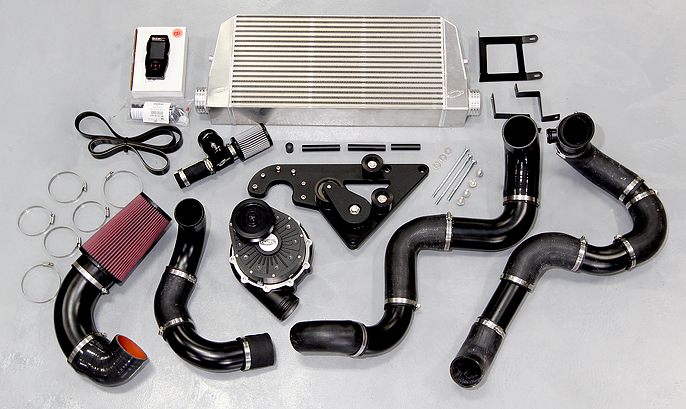
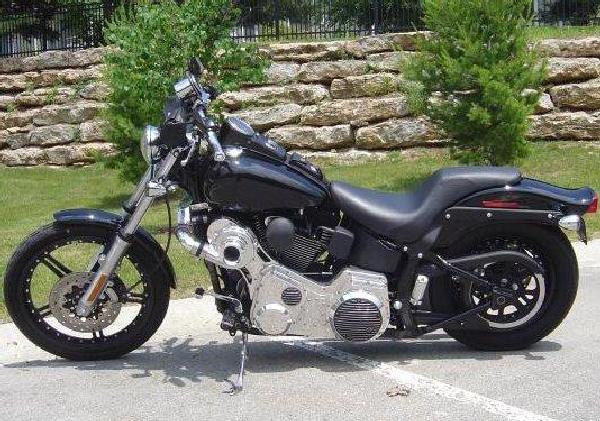
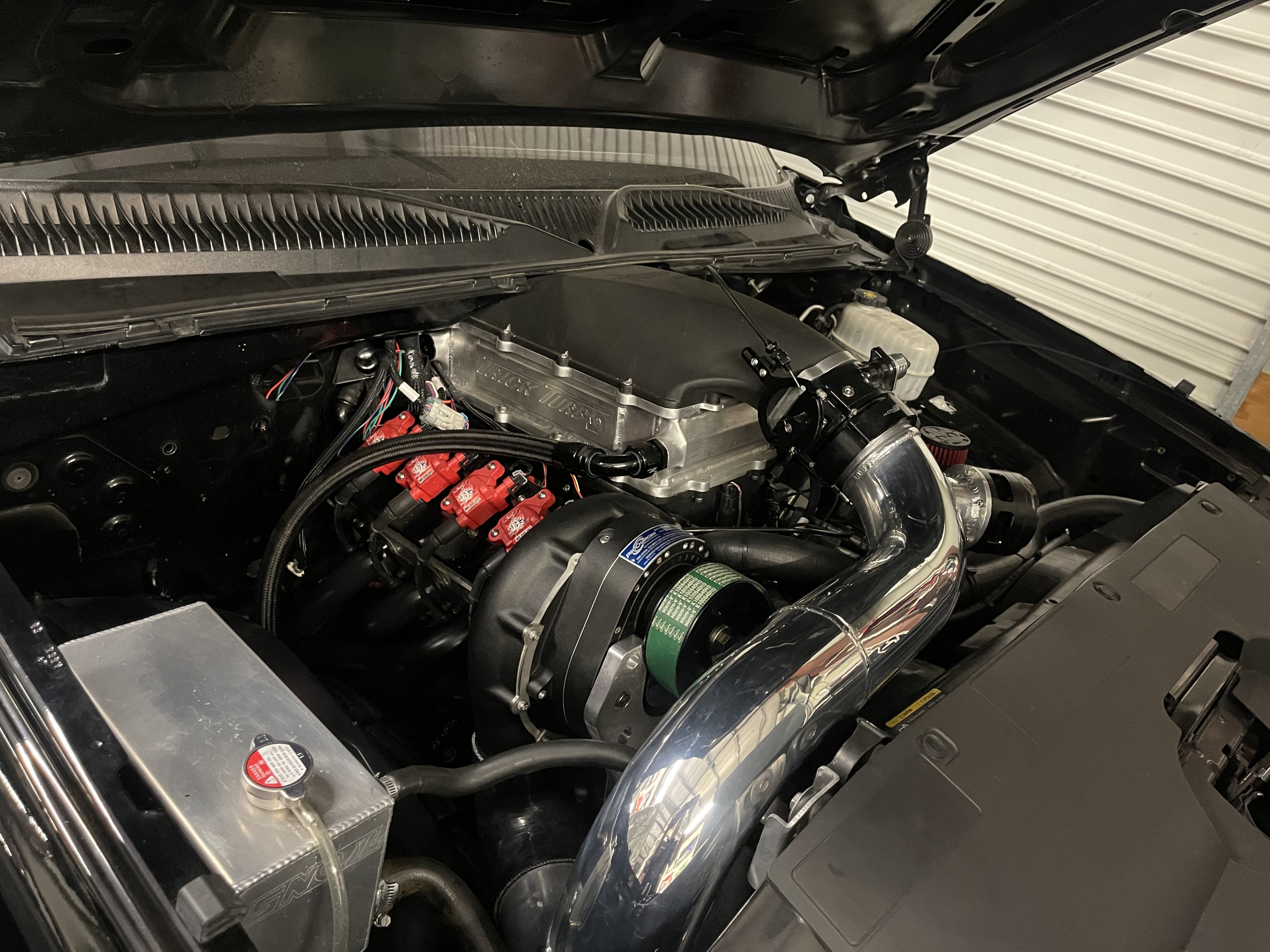
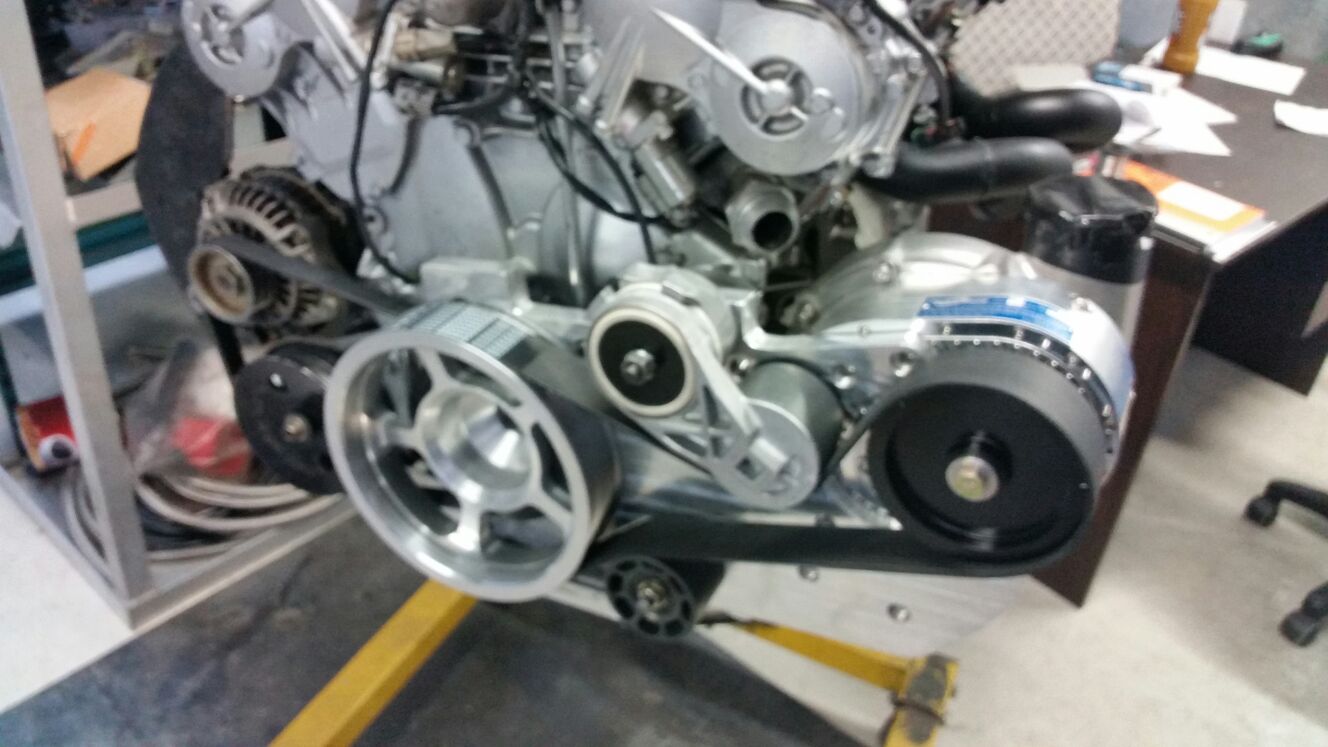
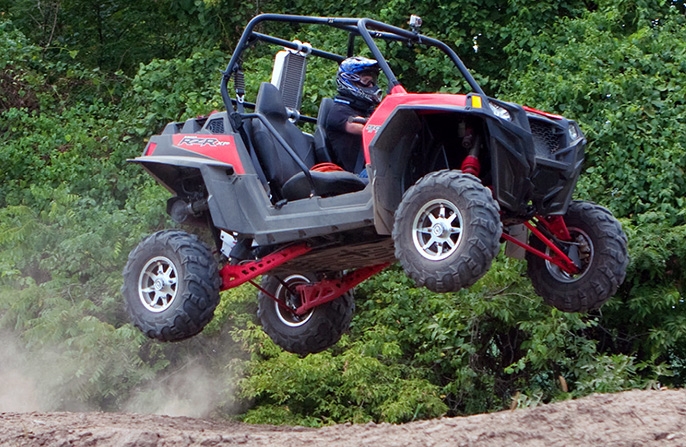
ATTENTION:
Big Changes Coming in Superchargers.
HardRider will follow this trend and report accordingly
Electric superchargers have rolled out of being toys to serious contenders to the traditional Supercharger market. A number of top names have entered the market with surprising results.
One contender is Garrett, known for its turbo chargers. In this case, Garrett is calling it an e-Turbo, but it is really an e-Supercharger, because there is no lag and hence no lag, its a supercharger.
The e-turbo as conceived by Garrett and its competitors adds the electric motor to a turbocharger in one unit. At lower speeds, the motor can rapidly spin up the turbo and build boost for excellent low speed torque and driveability. As the exhaust pressure builds, it takes over the job of driving the e-turbo. This allows engineers to use a larger compressor and turbine for more boost which in turn allows for a smaller engine displacement. The larger wheels on the turbo would normally cause even more response lag, but the electric motor addresses that problem.
The e-turbo layout also has another benefit. When the driver lifts off the accelerator pedal, the exhaust gases and inertia of the wheels keep the turbo spinning for a while. At this point, the motor becomes a generator that can charge the battery. In conjunction with a 48V electrical system, the e-turbo contributes to recuperating energy that would normally be lost out the exhaust pipe. In turn, that energy is then used to spin up the e-turbo the next acceleration is required. The e-turbo is less complex to package than the combination of e-booster and conventional turbocharger.
-------
A supercharger simply works to increase volumetric efficiency. It forces air into the cylinders instead of relying on a vacuum. That helps the engine to hit 100% VE and, sometimes, even more. This will allow you to burn more fuel and create more power. It also positively affects the effective compression ratio that helps increase the bang the mixture makes upon ignition.
If you were to look at a centrifugal supercharger, you might say it just looks like half of a turbocharger. Well, that’s because it is.
A turbocharger is a supercharger, only it uses different means to spin the turbine than a supercharger does. Any supercharger relies on the rotation of the crankshaft to spin the turbines or rotors. They typically do so by tapping into the engine’s existing pulley system. A turbocharger, on the other hand, works by using exhaust gases to propel the turbines.
That’s why a centrifugal supercharger looks like half of a turbocharger. A turbocharger has two turbines that are directly linked to one another. When the turbine on the exhaust end is spun, it causes the intake side to rotate and force air into the engine. This is a far more efficient design due to the elimination of parasitic loss, which translates to a more significant increase in power.
Q: Which is better, a supercharger or a turbocharger?
A: Either has its strong point, and both have their flaws. Turbochargers offer the benefits of superior efficiency, as they don’t create a parasitic loss. Superchargers create drag on the engine, but they make instant gains in power. In fact, they can take up around a quarter of an engine’s horsepower to turn. Turbos typically suffer from lag (and mostly in cars) as it takes time for them to build boost, but for bikes there really is little to no lag because in half a second the bike is at full throttle rpms and thus no lag.
Superchargers are unique and good for an overall improved performance ride. However, they do not compare to turbo and nitrous in quarter mile racing or drag environments.